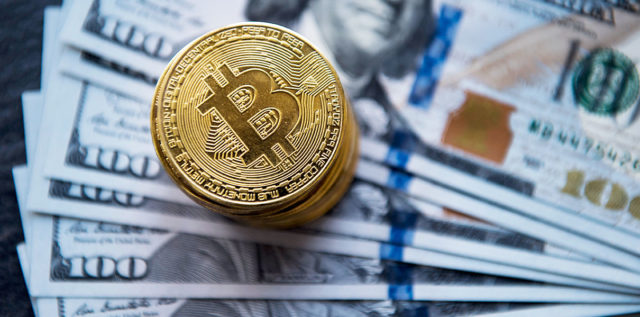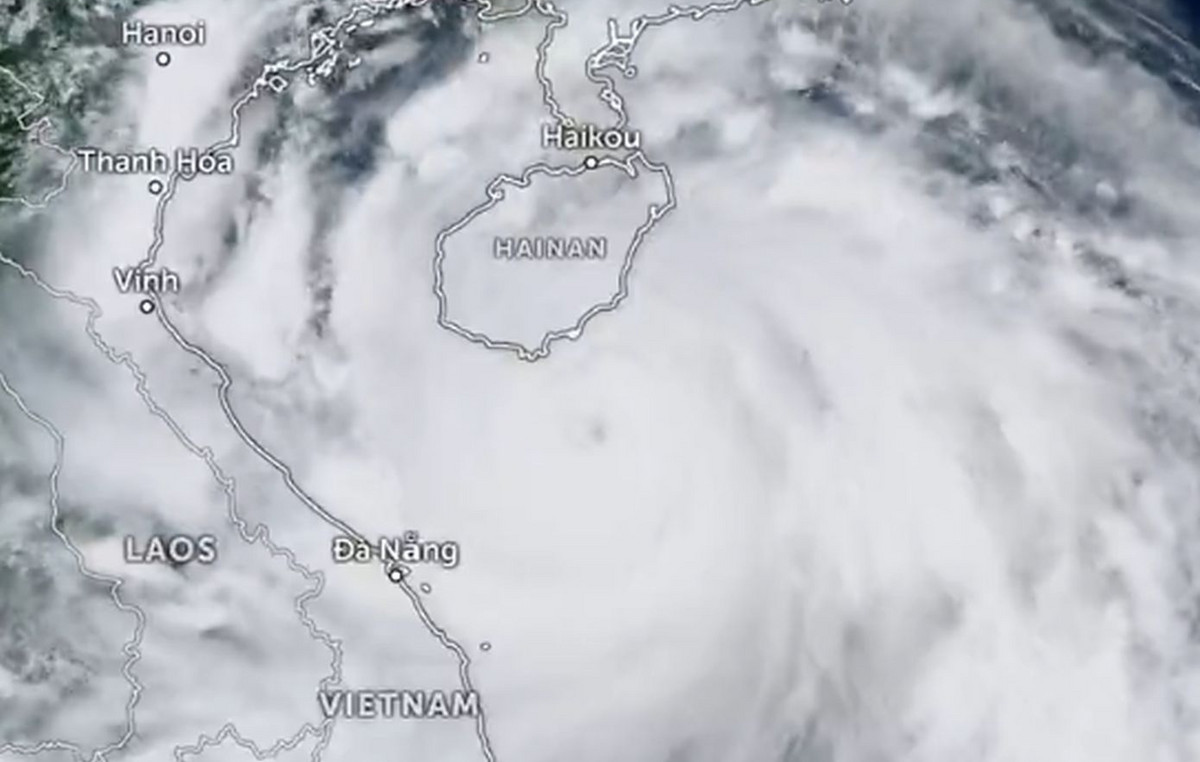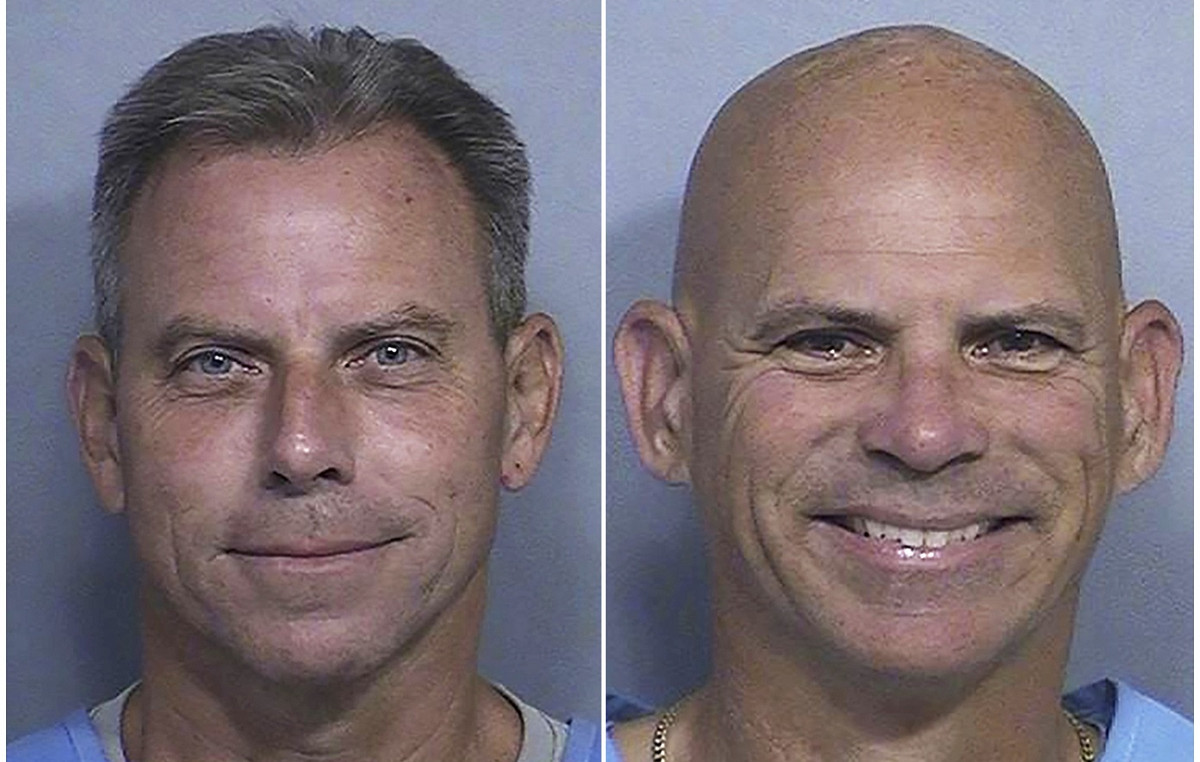The result of the unemployment rate in Brazil, which stood at 8.9% in the quarter ended in August, as reported by the IBGE this Friday (30), was in line with what was expected by the market. To CNN Brasil Business experts said the data reinforces the positive work environment this year, after experiencing turmoil in recent years.
Rodolpho Tobler, economist at FGV Ibre, highlighted the recovery of the labor market as the economy returned to operate without restrictions due to Covid-19, which implied an increase in employment due to the repressed demand of the pandemic period.
According to him, it is natural that there is a slowdown in the economy, with the impact of interest rates starting to have an effect on a movement to control inflation in the country.
“Owe observed yet another improvement in the labor market, the indicator came as expected by Ibre, which predicted the rate at 8.9%. This economic slowdown was also expected, but what we see now is a favorable moment, a heated economy”, said Tobler.
For the economist, the great challenge to be faced is to maintain the recent positive results for the end of the year and for 2023.
“NoOur expectation is that by the end of the year the unemployment rate will be close to 9%, which is a very favorable result when looking at the forecasts at the beginning of the year. But for the next year, when interest rates begin to be felt more strongly, the scenario should change”, he pointed out.
CM Capital also believes that the drop in unemployment continues as a direct reflection of the resumption of employment in the areas that were most affected by the effects of the mobility restriction measures imposed during the two most intense years of the pandemic, with emphasis on the commerce and the categories belonging to the group of other services, which includes cultural and recreational activities.
According to them, the post-pandemic resumption is added to the good dynamism of economic activity, which “in addition to benefiting internal activity via growth, especially in services, has
in the external sector another important explanatory variable with regard to the understanding of the process currently underway”.
“In the case of this last movement, it is worth noting that its positive externalities can be felt not only in the drop in unemployment, but also in the improvement of the income of specific segments, as in the cases of agriculture, livestock, forestry production, fishing and aquaculture, as well as that of the general industry”, highlighted the investment broker.
Economist Claudia Moreno, from C6 Bank, points out that despite the improvement in employment, regular income remains at a low level. “The highlight is the increase in the mass of usual real income, which grows with the increase in the employed population, even with depressed wages. The growth in the wage bill helps to mitigate the expectation of a slowdown in activity as it boosts trade and the service sector,” she explained.
The caveat is also made by economist Laura Moraes, from Neo Investimentos, who believes in a gradual recovery in wages, but which are still below what was recorded before the emergence of the coronavirus.
“Wages continue to readjust, with effective and usual real average income trying to compensate for past inflation. Wages in real terms, however, are still below pre-pandemic, eroded by inflation,” she noted.
The real income of Brazilian workers rose for the second consecutive month in August, after two years without growth, the IBGE said earlier. The value reached R$ 2,713 in the quarter ended in August, an increase of 3.1% in relation to the previous quarter. In the annual comparison, the number was stable.
“The reduction of idleness in the labor market and the relief of short-term inflation explain much of this positive trend in real income, which will continue on an upward trajectory in the coming months”, said Rodolfo Margato, from XP, about the growth in average income. .
XP projects that the unemployment rate will end 2022 at 8.5% (seasonally adjusted data), with expectations tilted slightly to the negative side. Ibre also told CNN Brasil Business that the indicator should be around 9%, and should not reach higher levels than that.
Source: CNN Brasil
Joe Jameson, a technology journalist with over 2 years of experience, writes for top online news websites. Specializing in the field of technology, Joe provides insights into the latest advancements in the industry. Currently, he contributes to covering the world stock market.







